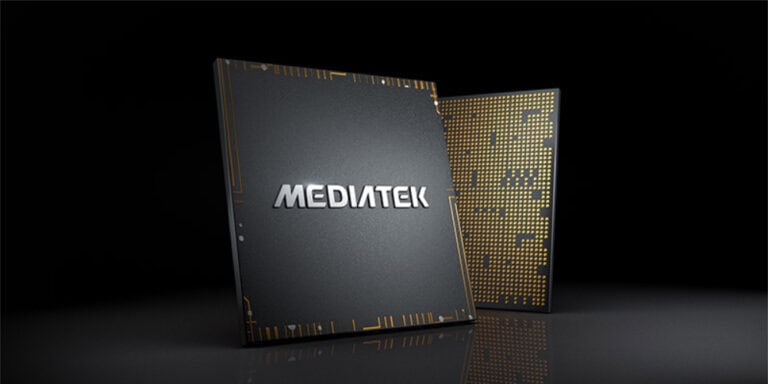Taiwanese chip company MediaTek is developing chips based on Arm architecture for use in Windows hardware. The company uses off-the-shelf Arm components, possibly shortening development time and time to market significantly because this method requires less testing.
Sources confirm to Reuters news agency that a MediaTek customer was able to use such ready-made components to put together a chip in nine months. However, that was based on a fully completed design. This is not the case with MediaTek’s intended chip, although time savings will be expected.
It is unclear whether Microsoft will approve the targeted chips for use in its recently announced Copilot+ PCs. After all, those also contain Arm chips, but from Qualcomm. These have a more complex design than the standard options from Arm itself and are for running AI workloads. OEMs such as Dell, Lenovo, Acer, Asus, HP, and Samsung are also releasing Copilot+ PCs with the same Arm architecture (i.e. the Snapdragon X Plus and Elite processors).
End of Microsoft’s Qualcomm deal
MediaTek’s Arm chips will not hit the market until the end of 2025, a period that coincides with the end of Qualcomm’s current exclusivity deal with Microsoft. Both Microsoft and MediaTek have declined to comment on the subject.
Windows PCs have so far run primarily on chips from Intel and AMD, based on the x86 chip architecture. Apple switched to Arm chips of its own making in 2020 because the company was not satisfied with the performance of the x86 Intel chips, which seemed to remain eternally based on the 14-nanometer process. The Arm architecture is faster, cheaper, and more energy efficient compared to the older generation of x86 chips. At least, that’s the general assumption, that Intel vehemently opposes.
x86 or Arm
Incidentally, Intel has promised to catch up by introducing Lunar Lake. Unlike its predecessor Meteor Lake, this generation of x86 laptop chips meets Microsoft’s requirements for AI PCs. Important to earn this qualification is not so much whether the device uses an x86 or Arm architecture, but rather the presence of a Neural Processing Unit (NPU) in the chipset that can handle some 40-45 TOPS or trillions of operations per second. This allows for faster calculations with acceptable power consumption. Faster could be possible, but then the consumption would skyrocket and drain the battery very quickly.
MediaTek is best known as a competitor to Qualcomm and Samsung for designing powerful mobile chips. Oppo, Asus, Xiaomi, Redmi and Vivo mostly use the Dimensity 9000 line, such as the 9200+. That chip is very close in performance to the Qualcomm Snapdragon 8 Gen 2, which powered the Samsung Galaxy S23 series, among others.
